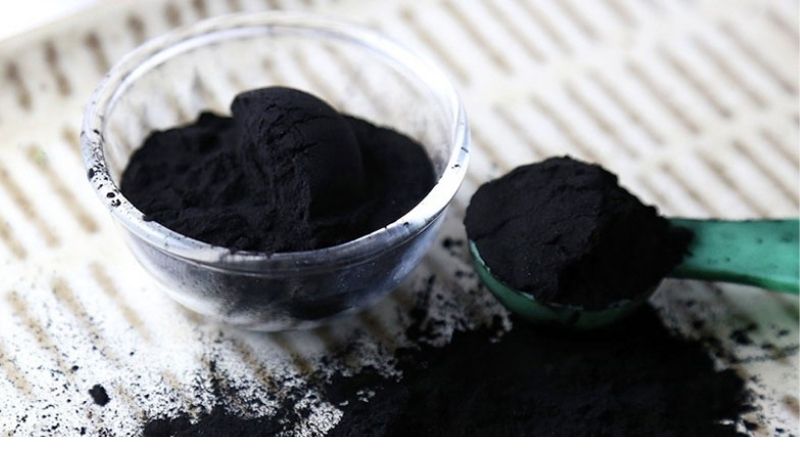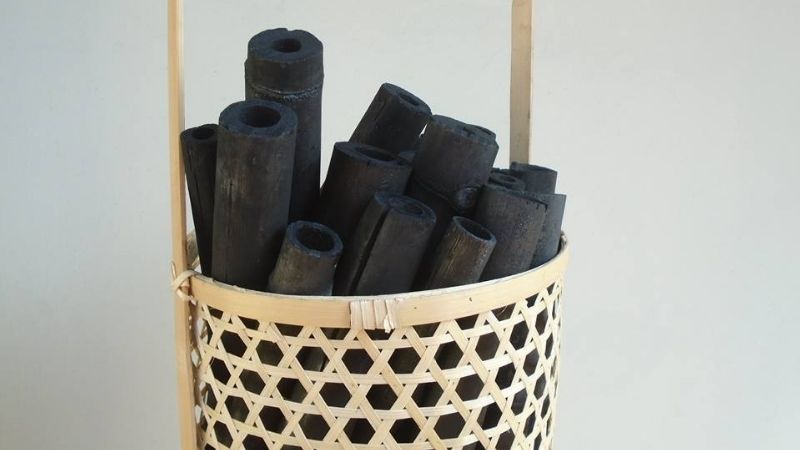Maintaining a clean and safe environment is crucial for the normal growth and development of your fish. Activated carbon is an excellent choice for filtering your fish tank water as it effectively removes harmful impurities, ensuring your fish thrive in a healthy environment.
1. Types of Activated Carbon for Fish Tanks
Activated carbon for fish tanks can be categorized into several types based on two main factors: shape and manufacturing material.
Shape
There are three types of activated carbon for fish tanks, each differing in shape:
Granular Activated Carbon
Granular activated carbon consists of small granules and exhibits higher durability compared to powdered activated carbon. It is commonly used to remove excess chlorine and other impurities from daily water supplies. However, its effectiveness is dependent on water flow rate, and placing it in high-flow areas may result in reduced performance as the granules can be washed away. Granular activated carbon is ideal for fish tanks with stable water flow.
 Granular Activated Carbon
Granular Activated Carbon
Powdered Activated Carbon
Powdered activated carbon, as the name suggests, comes in a fine powder form. It is excellent for removing odors, colors, and soluble fats from water. Due to its powdery nature, it is more susceptible to being washed away, so it is best suited for small fish tanks with low water flow.
 Powdered Activated Carbon
Powdered Activated Carbon
Block Activated Carbon
Block activated carbon is a larger variant compared to the previous two types and is widely used for water filtration. Its advantage lies in its sturdy structure and high durability, making it suitable for large-scale filtration systems.
 Block Activated Carbon
Block Activated Carbon
Manufacturing Material
Activated carbon is produced from various raw materials, including coconut shells, sawdust, bamboo, rice husks, and wood. Among these, coconut shell-based activated carbon is the most commonly used for water filtration, while bamboo-based activated carbon finds applications in the beauty industry.
 Manufacturing Materials
Manufacturing Materials
2. Benefits of Using Activated Carbon in Fish Tanks and Ponds
Using activated carbon to filter the water in your fish tank or pond offers numerous advantages for your aquatic pets:
- It maintains a clean and healthy living environment for your fish and other aquatic creatures.
- Activated carbon effectively removes impurities and contaminants from the water, ensuring a safe habitat for your fish to thrive.
- It is an excellent odor and taste remover, creating a pleasant environment for your fish.
- Activated carbon eliminates harmful chemicals, pesticides, and herbicides that may be present in the water.
- The product is free from toxic chemicals, making it safe for your fish and other aquatic life in the tank or pond.
 Benefits of Activated Carbon in Fish Tanks and Ponds
Benefits of Activated Carbon in Fish Tanks and Ponds
3. How to Use Activated Carbon to Filter Fish Tank and Pond Water
For Fish Tanks
The amount of activated carbon required depends on the size of your fish tank. For smaller tanks (60cm) housing tiny fish or aquatic plants, 90cm tanks for medium-sized fish like rosy barbs, and 120cm tanks for larger species such as arowanas and seahorses, the application process is straightforward. For powdered carbon, place it in small fabric bags and then put those bags into the tank. For granular or block carbon, you can add it directly into the tank.
 Using Activated Carbon in Fish Tanks
Using Activated Carbon in Fish Tanks
For Ponds
For ponds, it is recommended to use block activated carbon due to its larger size and higher durability. The sturdy structure ensures that the carbon is not washed away by the pond’s water flow. Place the carbon in large mesh bags and distribute them evenly around the pond to maximize their effectiveness.
Now you know all about using activated carbon to filter your fish tank water. We hope this information helps you create and maintain a healthy environment for your aquatic friends.






























